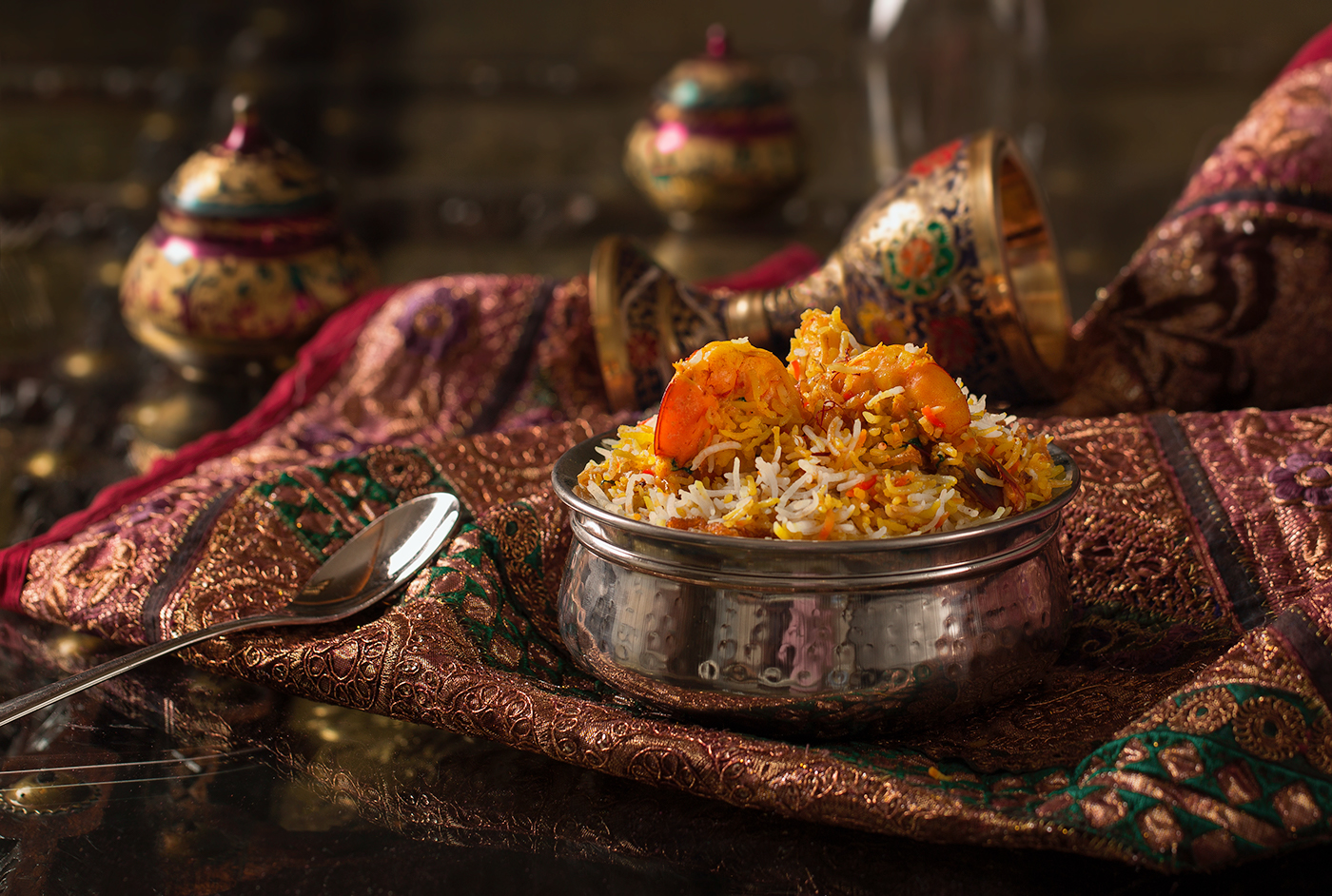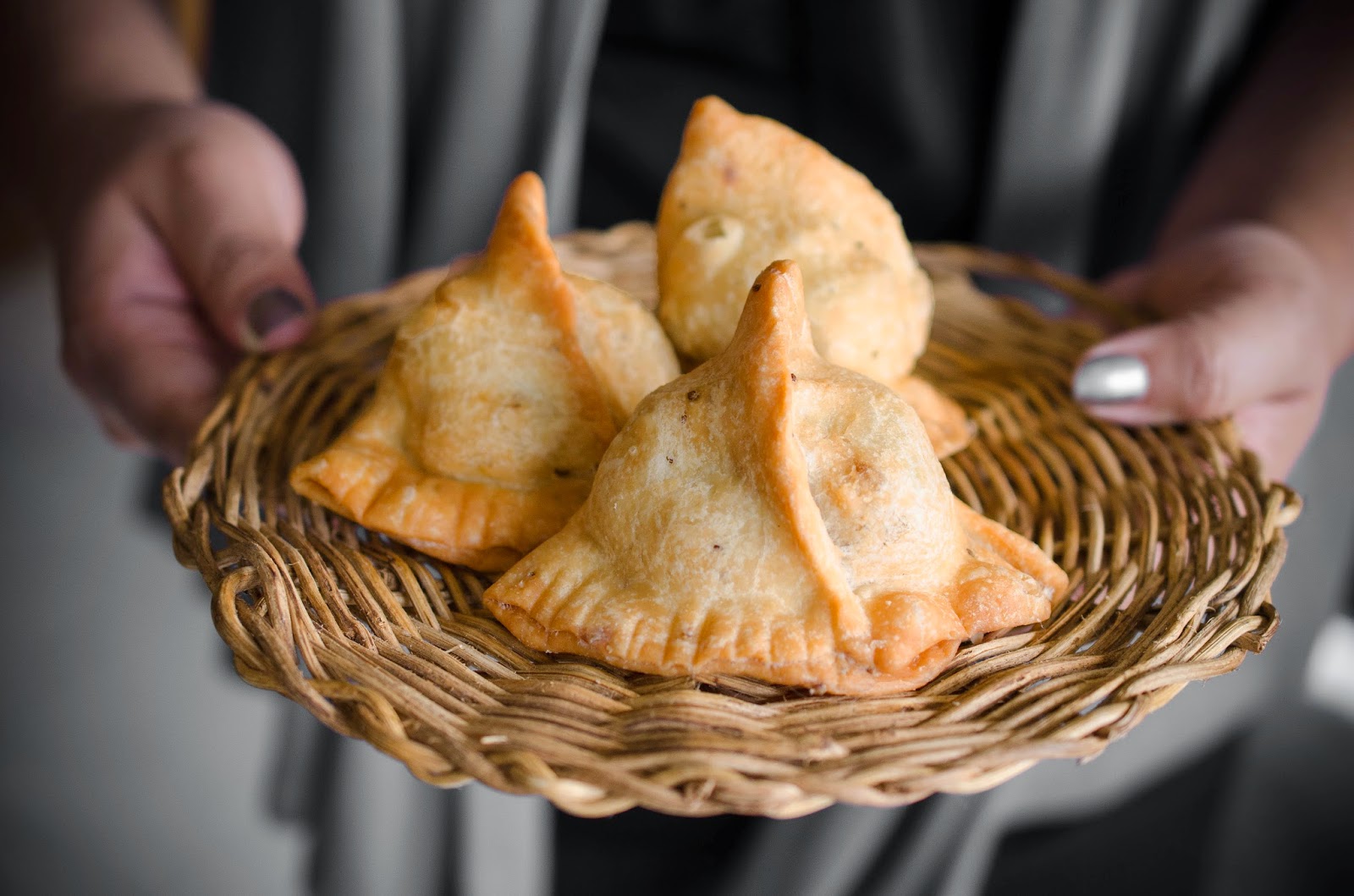
What led the creators of the Galouti Kebab to roll meat into cutlets? What are the origins of different kinds of Biryani? We devour different foods with much relish everyday, seldom knowing the culturally rich path that led the treat our way. Looking beyond the platter and through the monocle of history, we at DSSC delve into the stories surrounding some of India’s most popular dishes, and decode the history of your favourite foods. Go ahead, know before you chow!
Galouti kebab

Image: atomfizika.info
The Nawab of Lucknow, Wajid Ali Shah (1822–1887), may have lost his teeth, but that didn’t dispel his zest for culinary delicacies, especially those made with meat. In the pursuit of good food, he ordered his army of chefs and food innovators to create a dish that would accommodate his dental predicament. At his behest, the royal kitchens devised a rather ingenious way of preparing meat — they pounded the meat until it was as fine as puree, mixed it with raw papaya (to make the meat softer), and sprinkled it with a mix of nearly hundred exotic spices. The mixture was then shaped into kebabs and fried in oil or ghee until the skin was crisp while maintaining a buttery, soft interior. No journey to Lucknow is complete without indulging in this delicious piece of culinary history. The world will be eternally grateful to the toothless Nawab for this epicurean treasure!
The Kolkata Biryani

Image: presentedbyp.com
One can take the royal out of Lucknow, but can one ever take Lucknow out of the royal? Nawab Wajid Ali Shah found himself in a similar fix when he was exiled to Kolkata in the summer of 1856. During his exile, he had a scaled-down replica of his beloved capital built, complete with grand Islamic structures, kabootar baazi, and, of course the royal Lucknowi cuisine. Owing to troubled finances, the meat in the Biryani had to be replaced by potatoes and eggs. This substitution gave birth to the now famous Kolkata Biryani. What survived was not only the royal rice delicacy, but also the Nawab’s motto of ‘khaane aur khilaane ke shaukeen’. Presenting Indian cuisine with not one but two gems, the nawab left an indelible mark in the country’s food history.
Petha

Image: panchipetha
Made from winter melon, water, and sugar, petha is synonymous with Agra. Interestingly, this delectable dessert dates back to the construction of Taj Mahal. Looking for a change from their ordinary daily meals, the 21,000 construction workers demanded a change in their diet. This demand led to the Emperor Shah Jahan to summon Pir Naqshbandi Sahib, as only he was thought to be skilled enough to come up with a solution for the dietary woes of his subjects. It is said that the pir went into a trance during his prayers and received the recipe of the Petha from the almighty. From that petha, made following the divine recipe, to the very famous panchhi petha, this syrupy delicacy will keep drawing you back to the Taj City.
Jalebi

Image: Pooja Makhijani for munchies.vice.com
Call it what you like — zalabia, zoolabiya, jilbi, jilapi or zelapi — the sweet and syrupy swirls of this flavoured dough have been relished for nearly a 1,000 years in the Asian continent. Though the roots of Jalebi are not easy to trace, one can find it as far back as 13th century Persia where this famous dessert was first christened zoolabiya. Purportedly made during Ramzan and distributed amongst the poor, the Persian-speaking invaders brought knowledge of this delicacy to India. Along with some of their other delicacies, jalebi, too, spread all over India and soon became a prominent part of the Indian culinary culture. This syrupy delight has been mentioned in several texts, such as the 17th century culinary literature Bhojanakutuhala.
Samosa

Image: Michelle Peters-Jones for tiffinbox.ca
The quintessentially Indian samosa did not originate in the subcontinent. From Egypt to Libya, this fried snack has delighted several communities with different names and characteristics. Legend has it that various traders brought this neatly shaped and generously packed savoury delight to India via ancient trading routes between India and Central Asia. They needed a light snack to stay cargo-light and came to rely on the samosa. Small, crisp, and mince-filled triangular snacks, which were easy to make over a campfire and also convenient to carry over distances. Upon making it to India, the original minced meat was replaced by a vegetable and potato filling. This minute substitution made it suitable to local dietary preferences and the samosa was embraced by royalty, nobility, and the peasantry with nigh immediate effect. Sambosa, sanbusaq, or sanbusaj; our samosa, in its different forms has come a long way and traversed vast regions across Asia.
The next time you dig into your much-loved delicacy, don’t forget to take away some food for thought!
Featured image courtesy: Hussein Farar

